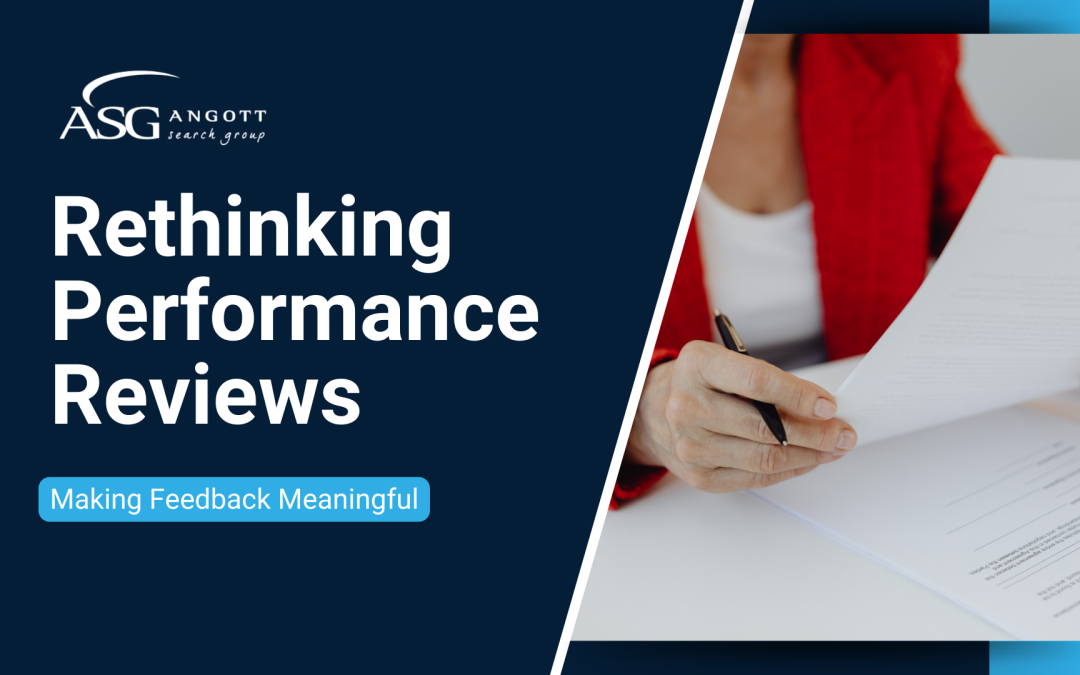By Krish Chopra | Forbes
Your first hire can make or break your small business—it’s a harsh reality that many small business owners learn the hard way. One bad hire can drain your cash flow, derail your company culture, and set you back months, or even years in growth. I know this because one particularly disastrous hiring decision cost my company exactly $47,000 in direct expenses, plus countless hours of lost productivity and shattered team morale.
I’ve been in your shoes. As someone who’s scaled a startup idea to over 60 employees, I’ve made my share of hiring mistakes and learned from each one. Building a platform that has served over 8,000 users taught me that successful recruiting for small businesses isn’t about having Fortune 500 budgets or competing with tech giants on salary packages—it’s about recognizing the warning signs before they become expensive disasters.
The painful truth? I made that $47,000 mistake because I was desperate. We needed help immediately; our existing team members were overwhelmed, and I convinced myself that any qualified candidates would be better than staying understaffed. I rushed through the interview process, overlooked obvious red flags, and ignored my gut instincts—all because I was focused on filling the position rather than finding the right person.
What I’m about to share are the real stories behind my biggest hiring disasters and the specific red flags I wish I’d recognized earlier during my recruitment process. These aren’t textbook theories—they’re hard-won lessons that can help you avoid the costly mistakes I made while building the team your small business deserves.
The True Cost of Bad Hires and Why Getting It Right Matters
When business owners think about recruiting for small businesses, they often focus on finding someone—anyone—to fill an urgent need. But here’s the reality: a bad hire doesn’t just cost you money; it can threaten your entire operation.
Research shows that the average cost of a bad hire is $17,000, but it could range higher depending on the role and seniority level. For small businesses operating on tight cash flow, even the lower end of that spectrum can be devastating. Unlike large corporations that can absorb these losses, small business owners feel every dollar impact directly on their bottom line.
My $47,000 Disaster Hire
I learned this lesson during our rapid growth phase when we desperately needed a new experienced hire. We were overwhelmed, our team members were burning out, and I convinced myself that hiring quickly was better than staying understaffed.
The candidate seemed perfect during our interview process:
- Impressive resume with relevant experience at growing companies
- Smooth, confident interview that hit all the right talking points
- Immediate availability when we needed someone to start yesterday
- Salary expectations that fit our budget constraints
A few months later, I calculated the real cost of this hiring mistake: $47,000 in direct expenses alone. Here’s how it broke down:
- Recruitment costs: Job boards, background checks, and my time screening job applicants
- Salary and employee benefits: Months of full compensation plus health insurance
- Training investment: Onboarding materials, software access, and intensive coaching
- Severance and restart costs: Professional separation plus beginning the entire recruitment process again
The Hidden Costs of Hiring That Really Hurt
The true costs of a bad hire extend far beyond direct financial impact:
- Management time drain: I spent 15-plus hours per week trying to coach someone who wasn’t the right person for our company culture
- Team disruption: Other team members had to pick up the slack, leading to more burnout and affecting our top talent retention
- Cash flow strain: Unexpected costs that weren’t part of our original budget
For small businesses, bad hires create a domino effect that large companies rarely face. When you only have five to 10 employees, one person who doesn’t perform affects everyone.
This experience taught me that developing a solid hiring process isn’t a luxury for small businesses—it’s a survival strategy. Every new employee you bring on board will significantly impact your trajectory, making it essential to get the recruitment process right from your very first hire.
The lesson? Desperation leads to expensive mistakes. It’s better to stay temporarily understaffed than to hire the wrong person and deal with the costly consequences.
4 Bad Hire Red Flags I Wish I’d Recognized Earlier
Looking back at my hiring disasters, I’ve identified four critical warning signs that could have saved me thousands of dollars and months of frustration. These red flags weren’t obvious during interviews, but became clear once I learned what to look for.
Red Flag #1: Inflexibility in a Startup Environment
During the hiring process, ask specific questions about adaptability:
- “Describe a time when your role expanded beyond your original job description.”
- “How do you handle unexpected tasks that fall outside your expertise?”
- “What’s your comfort level with responsibilities changing as the company grows?”
Red Flag #2: Slow Communication Response Times
Pay attention to communication patterns from day one. If someone’s response time changes dramatically after being hired, investigate immediately. Set clear expectations about communication during the onboarding process and monitor them closely.
Red Flag #3: Lack of Improvement From Feedback
During the hiring process, ask candidates about specific times they received constructive feedback and how they implemented changes. Look for evidence of a growth mindset and continuous improvement.
In small businesses, every new hire must be able to learn and adapt quickly—there’s no room for people who can’t grow with feedback.
Red Flag #4: No Good News From the Team
Your existing team members are your best early warning system. They work with new hires daily and can spot problems before management sees them. Create formal check-ins with your team about new employees, and take lukewarm feedback seriously.
In small businesses, every person needs to contribute positively to team dynamics—being “fine” isn’t good enough when you only have a handful of employees working across operations, product development, preceptor sales, student sales, and HR functions.
Trust Your Gut and Your Team
After losing $47,000 and countless hours to my bad hiring decision, I’ve learned that successful recruiting for a small business isn’t about filling a position quickly—it’s about building a team that compounds your success over time.
Here’s the reality: good hires make everything easier. When you bring on the right person, they don’t just complete their job description—they elevate your entire team, contribute ideas that improve your business needs, and help create a company culture that attracts more top talent.
Bad hires do the opposite. It’s better to stay temporarily understaffed than to hire the wrong person. I know the pressure to fill positions quickly when you’re overwhelmed, but remember that one bad hire can cost you more than the temporary pain of working shorthanded. Your payroll system, employee benefits, and cash flow can recover from being cautious—they might not recover from a hiring disaster.
The most important lesson that I learned? Your existing team members are your best hiring advisors. They understand your company culture, know what good performance looks like, and can spot problems before they become expensive mistakes.




